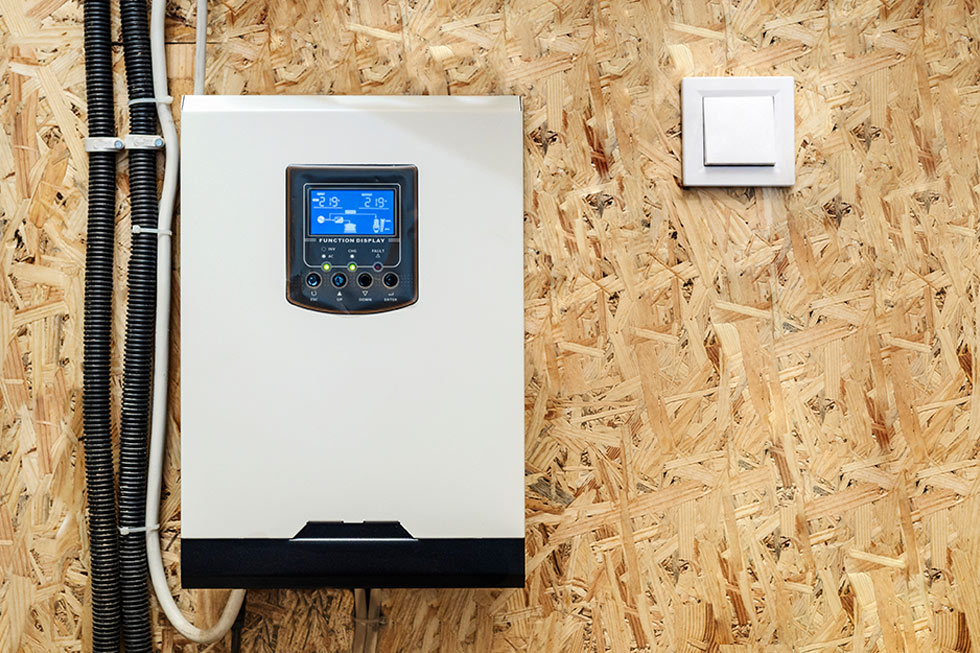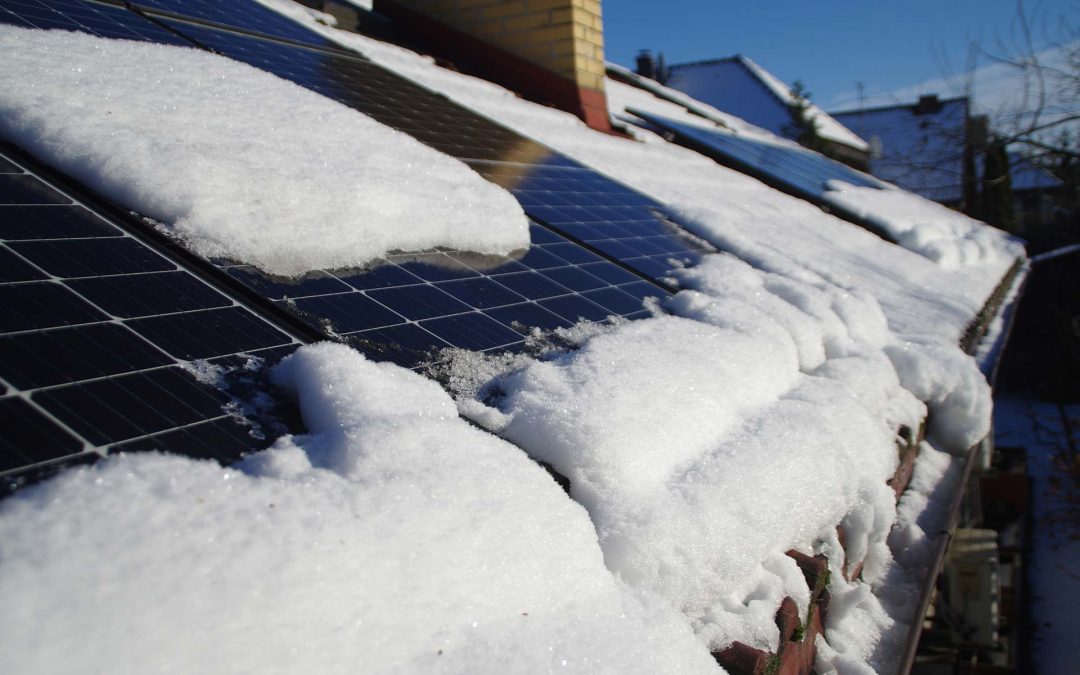The primary difference between an in-roof and an on-roof solar panel system is the way in which the solar panels are installed.
On-roof solar panels are mounted onto the existing roof of a building, typically using brackets or frames that are secured to the roof surface. These panels are usually installed above the existing roof surface, leaving a small gap between the panel and the roof. On-roof solar panels are the most common type of solar panel installation, as they are relatively easy to install and can be retrofitted to existing buildings.
In-roof solar panels, on the other hand, are integrated into the roof structure itself, replacing a portion of the roof tiles or slates. The solar panels are mounted flush with the roof surface, so they are more aesthetically pleasing than on-roof panels. In-roof panels can be more expensive to install than on-roof panels, as they require more planning and may require alterations to the roof structure.
There are some other differences to consider when deciding between an in-roof and on-roof solar panel system. In-roof panels can provide better thermal insulation and can help to reduce the amount of heat lost through the roof. This can be particularly beneficial in colder climates. On the other hand, on-roof panels can be easier to maintain, as they are more accessible for cleaning and maintenance.
Ultimately, the choice between an in-roof and on-roof solar panel system will depend on your specific needs and preferences. If aesthetics are a major concern, and you are willing to pay a premium for a more integrated look, an in-roof system may be the best option. If cost and ease of installation are more important, an on-roof system may be the better choice.
Ready to make the switch to solar?
Contact us today for a free quotation on 01706 662 608 or fill in our contact form and we’ll call you back.



